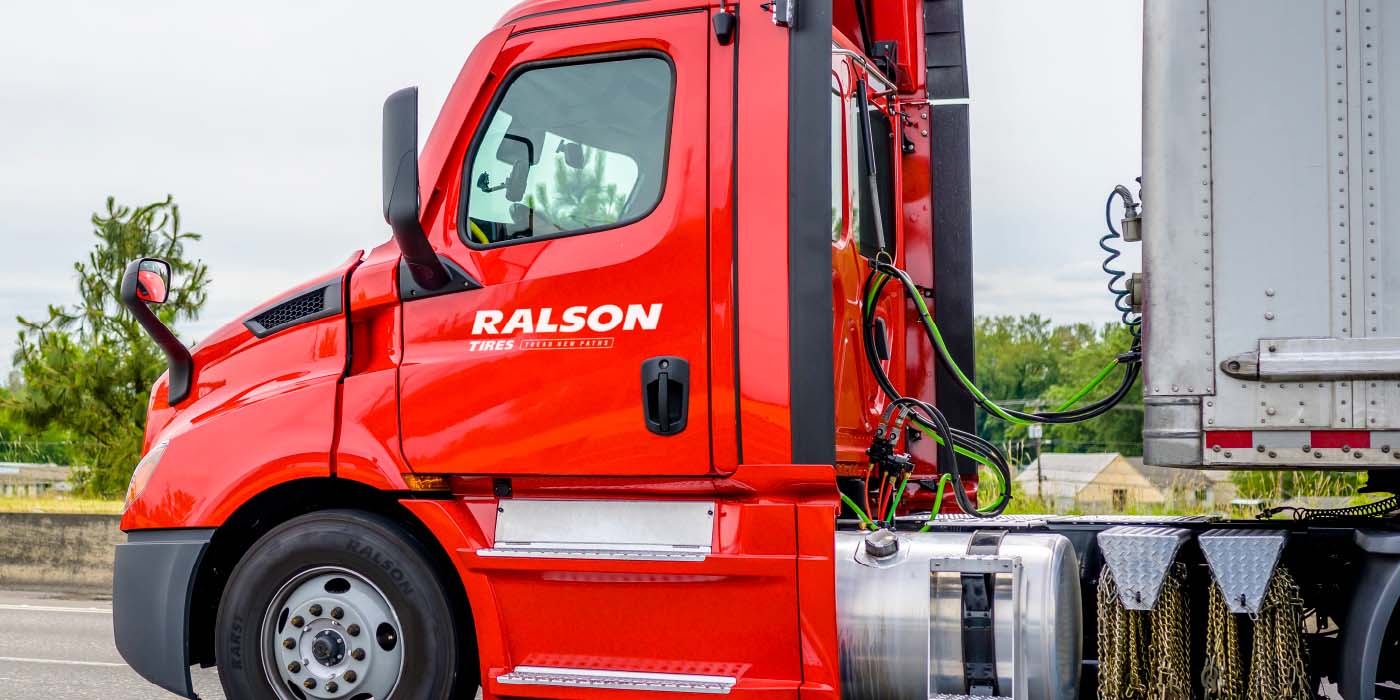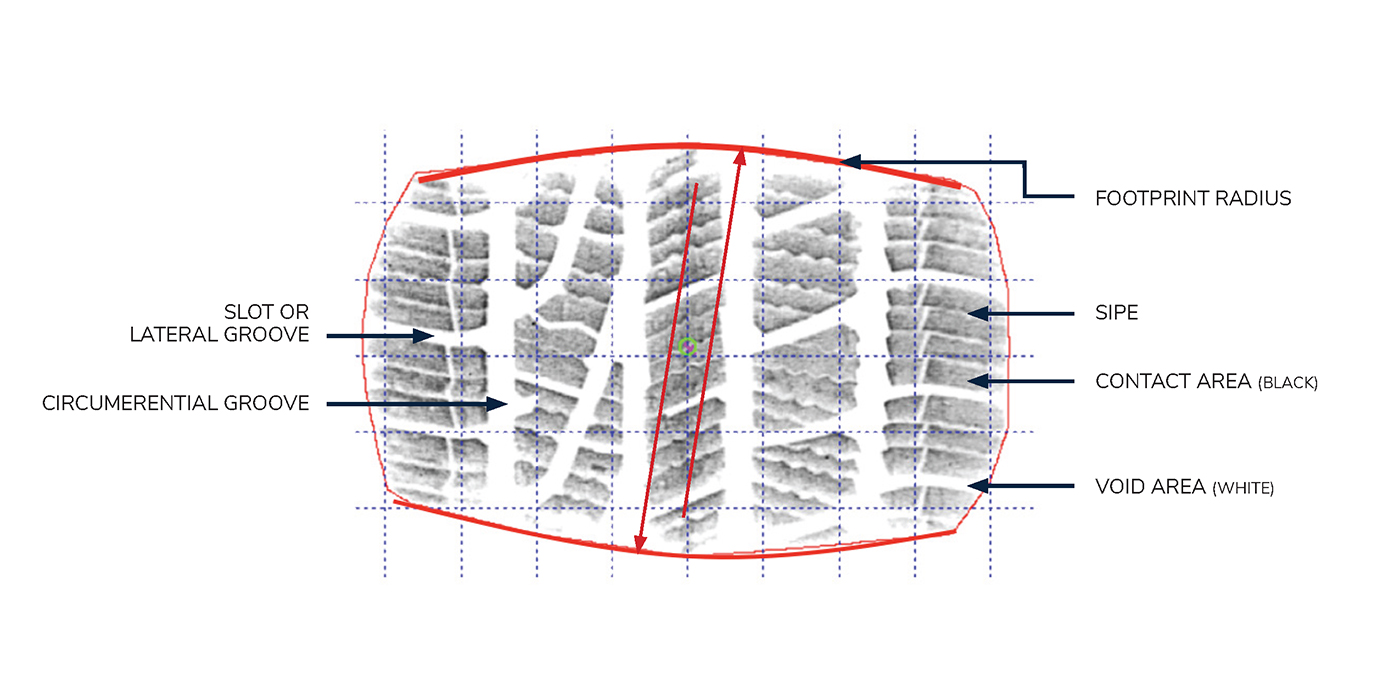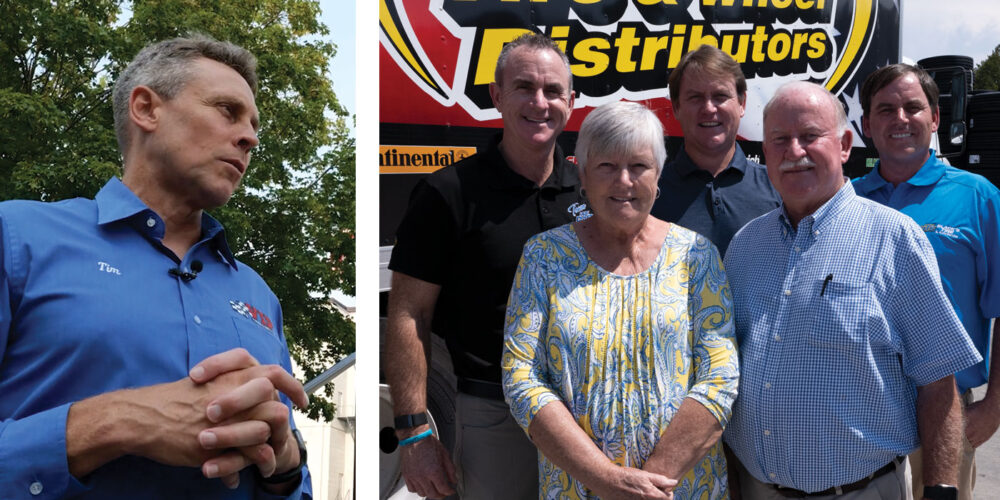In the last several years, consumers have embraced the internet as an integral part of the modern path to purchase, browsing several websites before making an in-store purchase. Following recent pandemic shutdowns, more consumers are using the Internet to shop for tires and services, often completing their purchase online without seeing the product in person. As e-commerce becomes a staple in consumer behavior, businesses need to adopt digital channels into their customer engagement strategy in order to see continued success.
When businesses closed their doors or reduced store hours to flatten the pandemic curve, online sales spiked. Consumers could no longer visit brick-and-mortar stores, so they turned to browsing the internet to acquire goods and services. As a result, dealerships and service centers have seen quadruple the amount of website visitors and leads over the past few months, 2020 TCS Dealer Data shows as customers demonstrated a strong interest in purchasing online.
The Lasting Impact on E-Commerce
Prior to the outbreak of COVID-19, a significant portion of the population did not engage in e-commerce, preferring to make only in-store purchases. However, the closure of store doors compelled even the most die-hard in-store shoppers to browse and purchase everything online. In the last few months, e-commerce has become the “new normal,” permanently altering the traditional path to purchase.
In past years, e-commerce had been increasing at a steady rate of 1% a year, but the global pandemic has expedited its advancement. By the end of 2020, e-commerce is predicted to increase 10%, achieving a decade’s worth of growth in a matter of months, according to analysts from multinational investment bank UBS.
Even now that brick-and-mortar stores have resumed near-normal business operations, consumers will continue to spend a significant portion of the buying cycle on the Internet and take advantage of the convenience of shopping online. In short, we will not see a return to pre-COVID shopping habits.
How Today’s Consumers Shop
We live in a digital era where 80% of consumers perform online searches on multiple devices, including desktop, laptop, tablet and phone, according to a TCS survey of consumers who have interacted with our software on a tire dealers’ website. If a website fails to load in a matter of seconds or does not adapt well to a smaller screen, most consumers will abandon the platform in favor of a different website. In our survey of customers who recently purchased from a dealer, every participant listed a “great website that is easy to navigate” as a must-have. Websites need to be responsive and easy to browse on mobile devices in order to compete in today’s market.
Consumers have adopted a multi-channel approach to communicating with brands. Among those surveyed, 90% of consumers reported they want multiple options to communicate with dealers and service centers online. Communication by text ranked as preferable, followed by phone calls and then email. Rapid response from the dealer is crucial and seen as a must-have quality, as consumers are often communicating with several businesses at once.
COVID-19 changed the game rapidly, and businesses are still adapting to the new demand for digital communication. The Internet Lead Effectiveness Industry (ILE) Study, developed by Pied Piper, measures how effectively dealers respond to online leads and found that half of consumers who reached out to a dealership through a digital channel are still waiting for a response from the dealer after 24 hours. Pied Piper encourages dealers to respond to online leads within a business day, as you would for any in-person customer.
As mentioned earlier, consumers often communicate with multiple businesses simultaneously. This is because today’s consumers are comparison shoppers. According to our survey of tire dealers’ customers, 45% of online users looking at seven to 10 websites to identify the best brands and services before making a purchase. Businesses need to capture consumers’ attention early in the search process in order to retain leads and turn more browsers into buyers. In the next section, we offer insight into how businesses can retain more leads online.
Embracing the Digital Age
Businesses need to be active online in order to engage in the customer’s shopping experience. More than ever, websites are serving as virtual stores where consumers browse tires and services before deciding on a purchase. A high-performing website strengthens a dealership’s online presence, which brings in more leads and yields even more opportunities to close sales. Fresh content, relevant keywords and fast-loading webpages help websites rank highly in local searches, drawing in more online leads.
Dealers who embrace digital service platforms not just online but also within their physical stores are experiencing a positive consumer response. For example, digital inspection platforms are replacing more costly and time-consuming paper inspections. With a streamlined digital inspection process, dealers can send the inspection results to customers via email or text so they can see firsthand the need for repairs and replacements, allowing the dealer to sell more services. This is the future. Embracing the digital age will drive sales for dealers both online and in-store.
It’s important for dealers to invest in digital tactics as much as possible in order to engage with potential leads — consumers who are shopping for tires and services online. Dealers who don’t invest in optimizing their e-commerce strategy miss innumerable opportunities to engage potential buyers on the internet. As the customer’s path to purchase shifts toward virtual channels, we all must adapt our sales strategies to engage with potential buyers on the digital platforms they are currently browsing.
Brian Rhode is a Business Development Manager for TCS (Tire Company Solutions) and has been working with the tire and automotive industry for more than 10 years. He focuses on helping to build and deliver value-added programs to dealers that utilize the TCS suite of technology services through third parties like manufacturers and distributors. Brian can be reached at [email protected].













